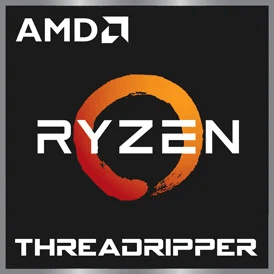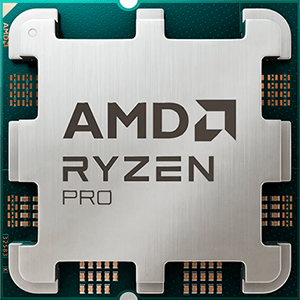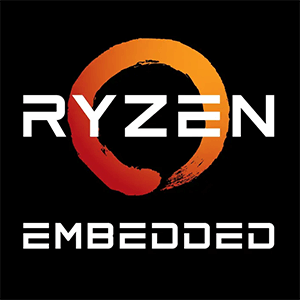Intel Core Ultra 7 265K vs Intel Celeron J1900
We compared two desktop CPUs: Intel Core Ultra 7 265K with 20 cores 3.9GHz and Intel Celeron J1900 with 4 cores 2.0GHz . You will find out which processor performs better in benchmark tests, key specifications, power consumption and more.
Main Differences
Intel Core Ultra 7 265K 's Advantages
Released 10 years and 11 months late
Better graphics card performance
Higher specification of memory (6400 vs 1333)
Larger memory bandwidth (102.4GB/s vs 21.3GB/s)
Newer PCIe version (5.0 vs 2.0)
Higher base frequency (3.9GHz vs 2.0GHz)
More modern manufacturing process (3nm vs 22nm)
Intel Celeron J1900 's Advantages
Lower TDP (10W vs 125W)
Score
Benchmark
Geekbench 6 Single Core
Intel Core Ultra 7 265K
+1624%
3155
Intel Celeron J1900
183
Geekbench 6 Multi Core
Intel Core Ultra 7 265K
+3645%
21388
Intel Celeron J1900
571
General Parameters
Oct 2024
Release Date
Nov 2013
Intel
Manufacturer
Intel
Desktop
Type
Desktop
x86-64
Instruction Set
x86-64
Arrow Lake
Core Architecture
Bay Trail
265K
Processor Number
J1900
FCLGA-1851
Socket
FCBGA1170
Arc Xe-LPG
Integrated Graphics
Intel® HD Graphics for Intel Atom® Processor Z3700 Series
Ultra 7(Arrow Lake)
Generation
-
Package
3 nm
Manufacturing Process
22 nm
125 W
Power Consumption
10 W
250 W
Max Turbo Power Consumption
-
105 °C
Peak Operating Temperature
105 °C
TSMC
Foundry
-
CPU Performance
8
Performance Cores
4
8
Performance Core Threads
4
3.9 GHz
Performance Core Base Frequency
2.0 GHz
5.4 GHz
Performance Core Turbo Frequency
2.42 GHz
12
Efficiency Cores
-
12
Efficiency Core Threads
-
3.3 GHz
Efficiency Core Base Frequency
-
4.6 GHz
Efficiency Core Turbo Frequency
-
20
Total Core Count
4
20
Total Thread Count
4
100 MHz
Bus Frequency
-
39
Multiplier
20x
112 KB per core
L0 Cache
-
192 KB per core
L1 Cache
32 K per core
3 MB per core
L2 Cache
2 MB
30 MB shared
L3 Cache
-
Yes
Unlocked Multiplier
No
1
SMP
-
Memory Parameters
DDR5-6400
Memory Types
DDR3L-1333
256 GB
Max Memory Size
8 GB
2
Max Memory Channels
2
102.4 GB/s
Max Memory Bandwidth
21.3 GB/s
Yes
ECC Memory Support
No
Graphics Card Parameters
true
Integrated Graphics
true
300 MHz
GPU Base Frequency
688 MHz
2000 MHz
GPU Max Dynamic Frequency
854 MHz
512
Shader Units
-
32
Texture Units
-
16
Raster Operation Units
-
64
Execution Units
-
14
Power Consumption
-
2 TFLOPS
Graphics Performance
0.04 TFLOPS
AI Accelerator
Intel AI Boost
NPU
-
13 TOPS
Theoretical performance
-








